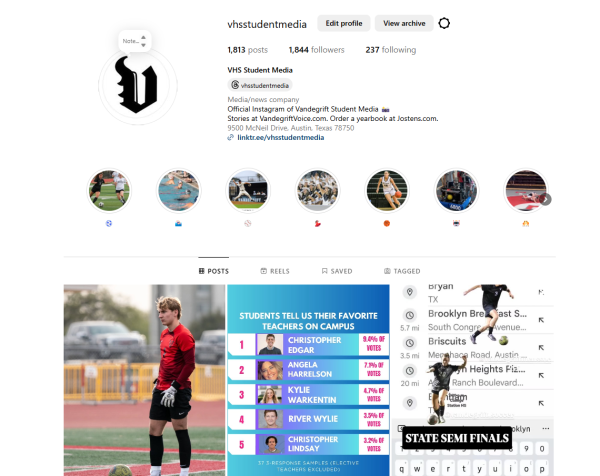Singing Show Smackdown: X Factor vs. American Idol
January 27, 2012
The X Factor, a singing competition that began in the U.K. in 2004, first appeared on Fox on September 21st, 2011. This show features previous American Idol judges Simon Cowell and Paula Abdul, along with former Pussycat Doll Nicole Scherzinger and recording executive L.A. Reid. Once the first season of the X Factor USA concluded, contestant Melanie Amaro, an average 19 year-old girl from Coral Springs, Florida won. She was granted a life-changing grand prize; a $5 million record deal.
This TV hit is Idol-esque, but has several differences in comparison to other singing competitions. The first day of tryouts for X Factor includes appearing in front an audience of thousands, which raises the stakes and increases the pressure to impress not only the judges, but also a potential array of fans.
American Idol, a reality television singing competition, began airing its first season on Fox on June 11th, 2002 and it has currently aired 11 seasons. As of 2011, it is the most watched TV series in the Nielsen ratings and the only program to have been number one for seven consecutive seasons. The concept of the series is to find new solo recording artists where the winner is determined by the viewers. Similar to X Factor, viewers can vote through the telephone, the computer, and texting. Over the years, many stars have come out of American Idol and as long as it continues, the judges will continue to find pure talent.
There are various twists between both the X Factor and American Idol. One of the big differences includes the rules of both competitions. While American Idol requires that contestants audition between the ages of 15 and 28, X Factor’s minimum age in 12, and fortunately, there is no maximum age.
The stakes of each show determines the future of each winner. While Idol winners are rewarded with a $1 million contract, (which these days ends in the blink of an eye), X factor winners take home a $5 million recording contract (not to mention a starring role in a Pepsi commercial that will air at this year’s Super Bowl). To help with the rivalry between the two shows, the X Factor has conspicuously partnered with Coke’s arch-rival, American Idol’s signature sponsor, Pepsi.
The mentoring between both competitions is entirely different. While American Idol is known as having single competitors without groups or collaborations, the X factor splits contestants into four categories — Males under 30, Females under 30, Singers over 30, and Groups. This helps the judges bend each newcomer into some type of star.
To those who have watched American Idol over the years, we know that hopefuls audition a capella versions of songs in small hotels all over the US, while those who audition for X Factor perform in an arena with a “rock” vibe. Contestants who audition for X Factor perform with prerecorded musical backing on a massive stage in front of thousands, while those who try out for American Idol usually audition in front of hundreds (for more on students’ Idol experiences, click here.
Overall, those who are interested in singing competitions should expect the X Factor to be just as much of a hit as American Idol is and has been. From the judges’ mentoring (which we’ve already seen on The Voice), and the emotional back stories (a staple of every reality competition), the X Factor does a good job of remixing the features of earlier entries. Hopefully, the X Factor will only get better from here and will show American Idol what talent really is.





